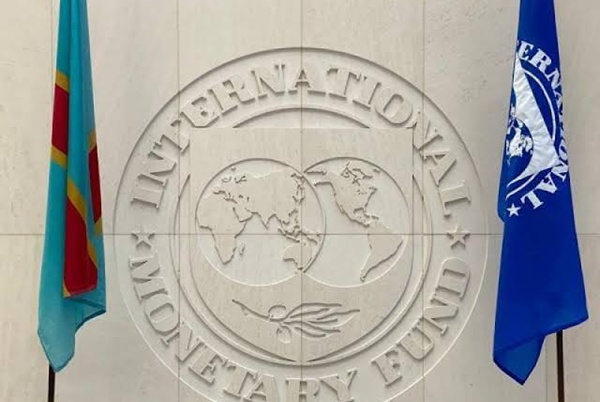DRC macro stabilisation hinges on extractives and reform
The DRC has agreed to a staff-level deal with the IMF as inflation falls to ~2.5% and growth exceeds 5%, setting the stage for reserve accumulation and better policy discipline. Institutional investors should track deficits, reserves and mining capex.

The signing of a staff-level agreement with the International Monetary Fund (IMF) on the second review of the Extended Credit Facility and first review of the Resilience and Sustainability Facility signals a pivotal moment for the Democratic Republic of the Congo (DRC) in restoring policy discipline and external financing channels.
Real GDP growth is projected robustly above 5% for both 2025 and 2026, underpinned by a dynamic extractive sector and strategic inflows of international reserves, while year-on-year inflation has notably fallen to ~2.5% as of October. This policy success sets the stage for a period of conditional stability, critical for long-term development.
The mechanism by which credibility is being restored is multi-fold, encompassing monetary, fiscal, and reserves management. It began with significant monetary policy loosening (the policy rate was cut to 17.5% from 25% in August 2023) following a period of currency appreciation and sustained, tighter reserves management. Crucially, fiscal rationalization, including the elimination of costly subsidies in the mining sector and stronger revenue collection via necessary VAT reforms, is reinforcing the external position and demonstrating commitment to the reform agenda.
From a macro and sector perspective, the measurable improvement in inflation and the current account narrowing significantly strengthen the DRC’s external position. This policy pivot enables the country to tap vital concessional resources, reduces its reliance on high-cost borrowing, and ultimately lowers its external vulnerability over the medium term.
The market impact is primarily positive: a successful IMF review may improve sovereign-rated issuance prospects, creating clearer differentiation between the DRC and structurally weaker frontier peers. This could lead to risk premia compression and encourage incremental foreign direct investment, particularly in the mining sector, given the perceived stabilizing policy environment.
However, significant forward risks persist, threatening to derail these hard-won gains. Security spending overruns remain a major fiscal headwind amid the ongoing armed conflict in the eastern regions, absorbing resources needed for social spending and infrastructure.
Furthermore, external reserves, despite recent inflows, still remain below critical import-cover thresholds, leaving the economy vulnerable to external shocks. Finally, the dominant extractive sector remains highly exposed to severe commodity price swings, creating revenue volatility.
Investors should therefore closely monitor three core indicators to gauge the durability of the reform program. First, the budget deficit relative to GDP must meet the target of less than 3%. Second, external reserves must be managed to cover at least 3 months of imports. Third, the mining sector capital expenditure ratio should ideally be greater than 6% of GDP, signaling reinvestment rather than mere extraction.
If by mid-2026 inflation begins to creep above 5% or the budget deficit persistently exceeds 4%, the policy credibility gains may reverse rapidly. A measurable benchmark for success would be sovereign bond spreads compressing by a significant 100 bps by Q4 2026 if these metrics hold; if not, spreads may widen accordingly, reversing the positive momentum.





